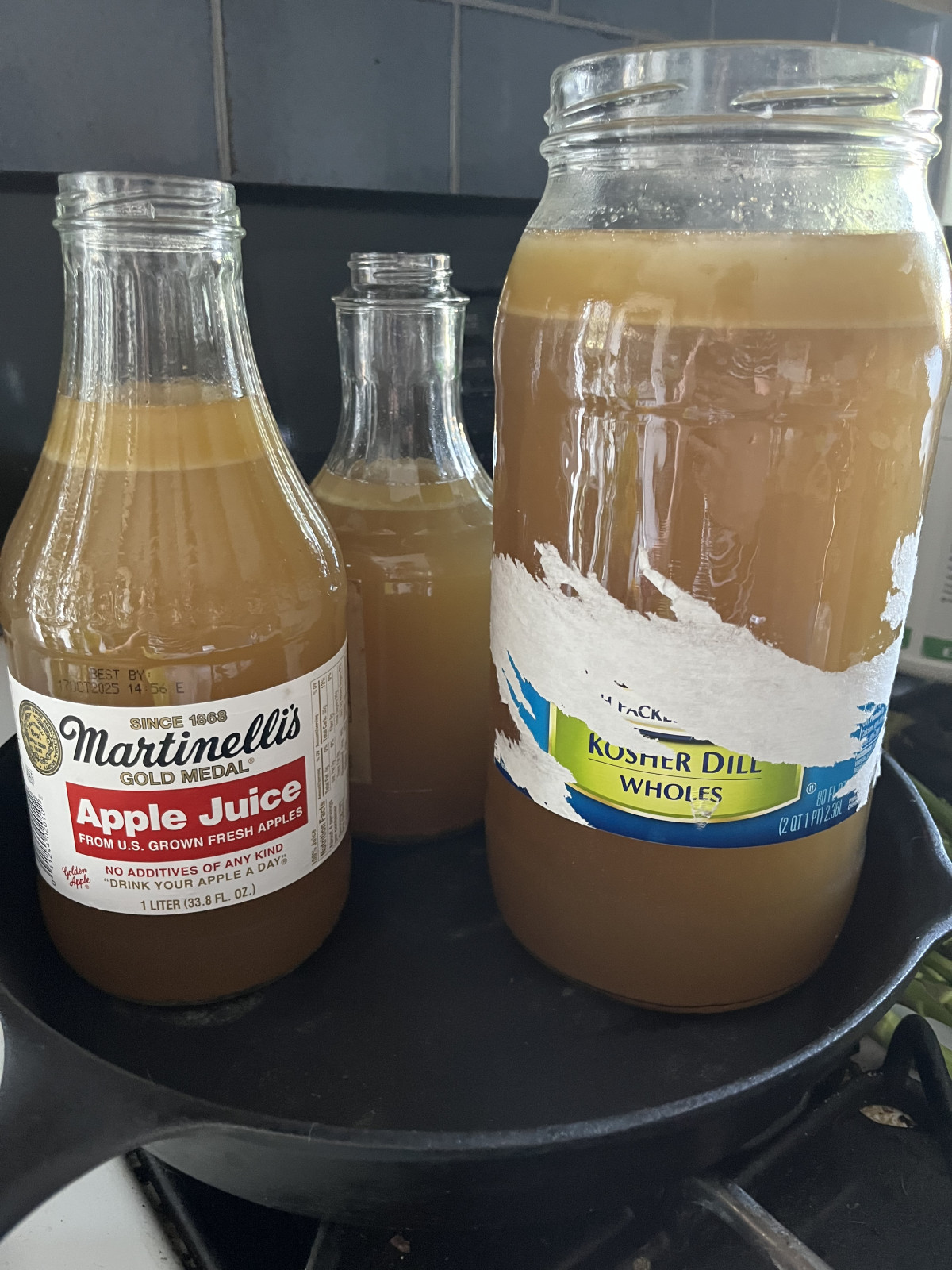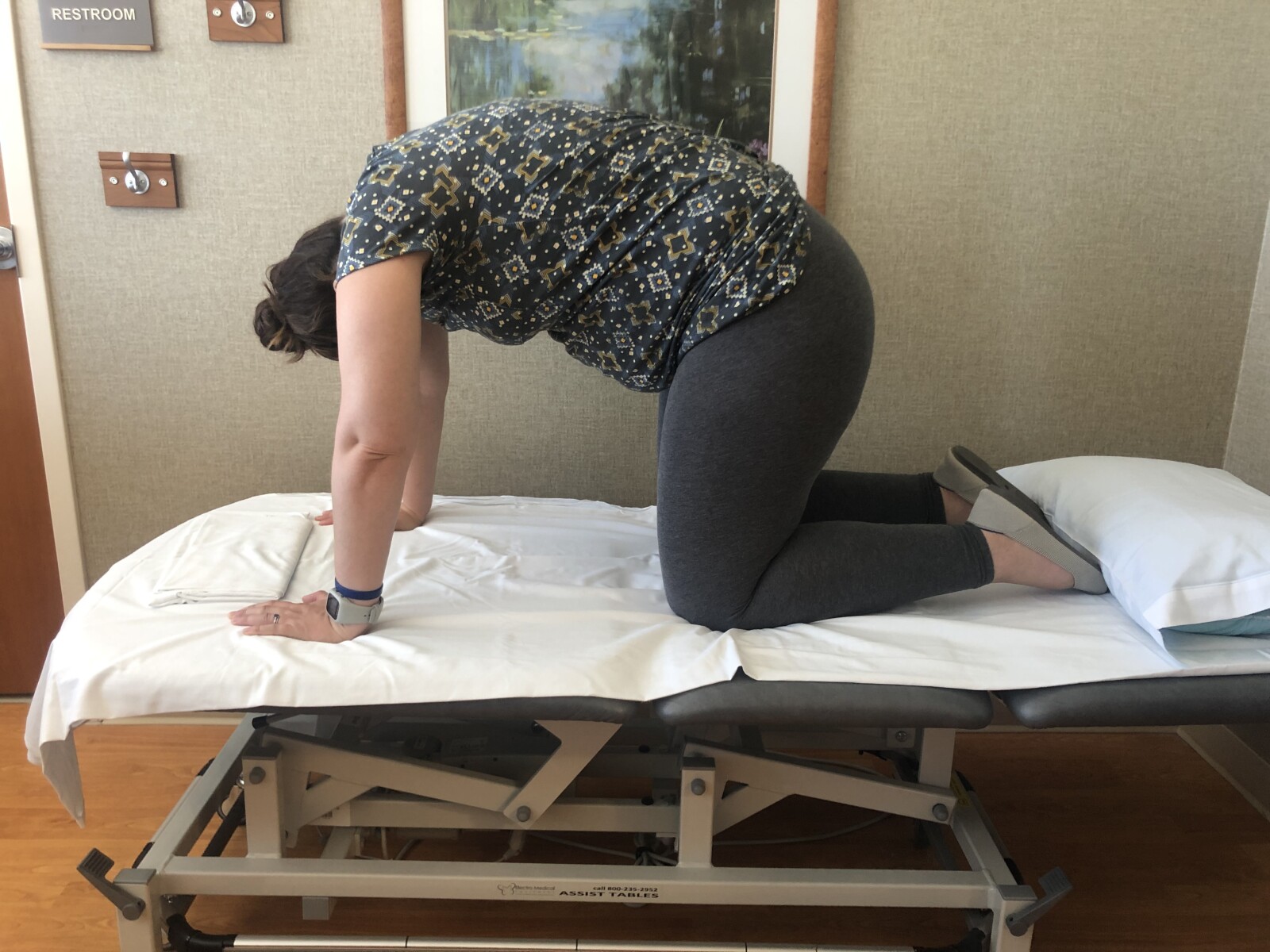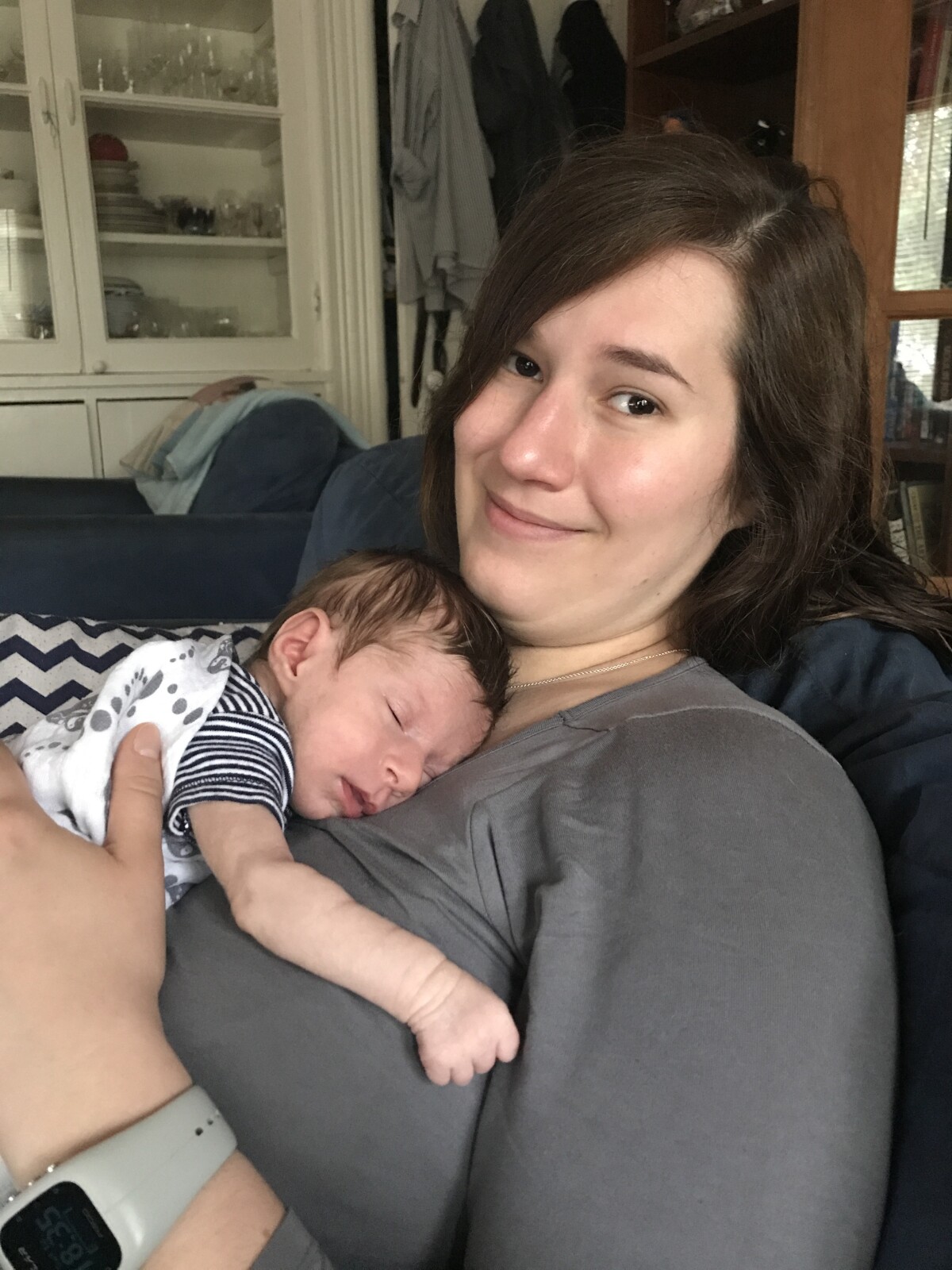
- From their partners, who had the same goals as they do.
- From their families. No pesky comments “you’re still breastfeeding?” “The baby has to eat again??”
- From employers. Paid maternity leave with enough time to allow mothers to bond and heal and allows for time for her milk to come in, manage the breastfeeding learning curve, and support to pump when she returns to work.
- From insurance companies. Doulas covered. Lactation consultants covered.
- This is a way to reduce childhood obesity.
- It can help reduce depression and anxiety in mothers. The hormone oxytocin is thought to be largely responsible for this.
- Each year of breastfeeding is associated with a 4.3% decrease in breast cancer risk. Women who breastfeed for 1–2 years over their lifetime have a 10–50% lower risk of high blood pressure, arthritis, high blood fats, heart disease and type 2 diabetes.
- Fewer non-Hispanic black infants (74.0%) are ever breastfed compared with non-Hispanic white infants (86.6%) and Hispanic infants (82.9%).
- Approximately 1 in 6 (17.2%) breastfed infants born in 2015 received formula supplementation within the first 2 days of life. How do you even know if you can do it at 2 days???
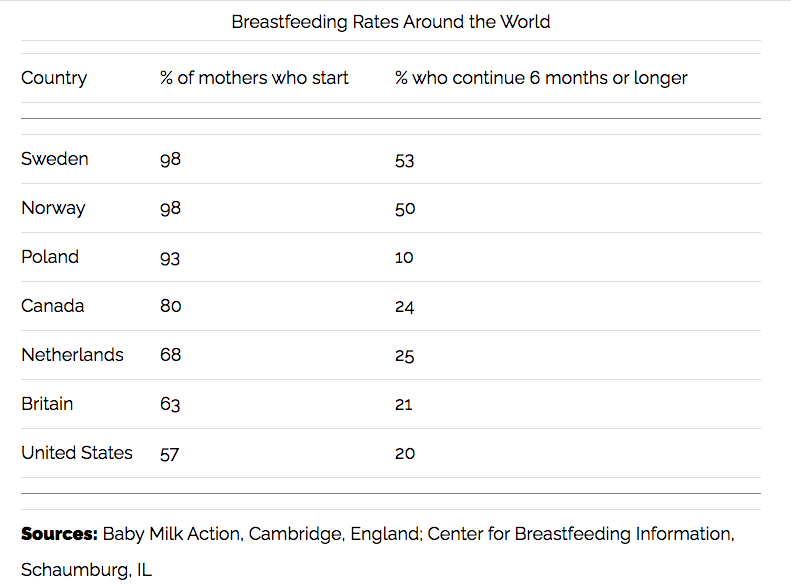
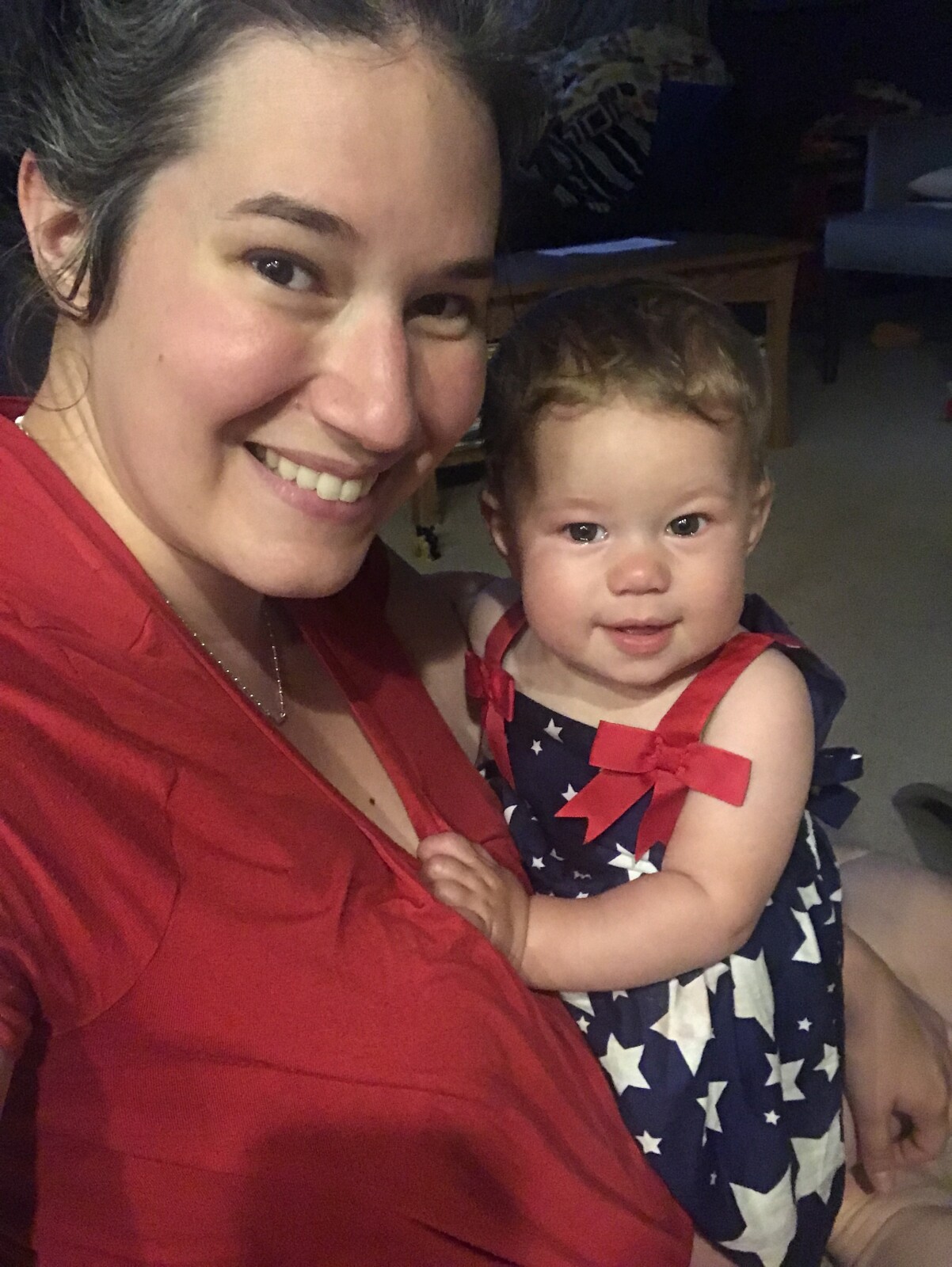

It's world breastfeeding week! I started a little backwards and shared my updated post on pumping. But here is my (updated) whole experience to date. I think I could write a hundred posts on breastfeeding, so just beware, this is a little long!
Breastfeeding is hard. It can be isolating. Only you can feed the baby, unless you're also using bottles. But then you have to pump too. If you want to breastfeed, my best advice is just don't give up! Get the support you need, have tough conversations with whoever in your life isn't supporting you and tell them what's what!
Estelle's breastfeeding story: I wasn't able to breastfeed Estelle right away. With the c-section and her being taken to the NICU, I started pumping first. Over the course of her stay, we both learned how to breastfeed. I worked with the hospital lactation consultants (LC). We started using the nipple shield when she was still in the NICU. It's just a little piece of plastic, shaped like a nipple, with 3 holes at the end. The LC told us it would help her little mouth draw out my nipple and help her latch. In order to leave the NICU, we had to prove that we could feed Estelle and she could gain weight. She was being fed through a tube, and we would try to breastfeed, then we tried a bottle which Estelle loved. She would suck so hard and not breathe! We'd have to pace her a lot. When we left the NICU we were doing a combination of bottle and breastfeeding, but breastfeeding was so much harder for her. She would latch and do a little, but it was too tiring for her.
It took several weeks for us to transition to mostly breastfeeding and away from needing a little bottle at each feeding. I was proud of myself then for sticking with it. I was happy to be breastfeeding, but I was always using the shield. The nipple shield was an extra step. I started to get more comfortable taking Estelle places by myself, going out to lunch and seeing friends. Using the shield made it harder to nurse in public when Estelle was really upset because it would take longer.
I believe it's crucial to have a supportive partner when you're breastfeeding. Your partner has to keep you fed, make sure you have water by you when you're nursing. Anselm encouraged me so much. He was a champ (still is) at cleaning bottles and pumping supplies when she was in the NICU. We were waking up every 3 hours to pump, and at first we were cleaning the pumping parts after each time. Then a very wise neighbor gave us GOLD advice, to put the cups in the fridge between uses, and clean every 12 hours. That made things SO MUCH easier, and we both got more sleep and functioned a little better on that crazy schedule.
I am a breastfeeding advocate. I know it's not easy for everyone. I guess maybe I've had it towards the easier end? I'm not sure. I've had my challenges. It's hard work. It definitely could be easy to give up, if one doesn't have the right support system. I had support from my husband and his sisters, and our Bradley instructor. I joined Facebook groups: La Leche League & Breastfeed Chicago. I read the Womanly Art of Breastfeeding. My work has also been very supportive, my boss and coworkers giving me time and encouragement. Even if it was just encouragement to keep going, keep trying, and wisdom about how to make it easier.
I hardly had to use my freezer stash I built up from when Estelle was in the NICU and my milk came in so well. We used it all up by the end of her journey though when she stopped nursing, we put it in with cow's milk to help transition her.
I wish milk sharing was more of a thing. I know it's becoming more prevalent. I came upon an Instagram account, @oneounceatatime, a woman who makes over a gallon of milk a day. I’m not sure how old her children are, but she keeps pumping and storing her breast milk, and donates loads of it. Sounds like a superhero to me!
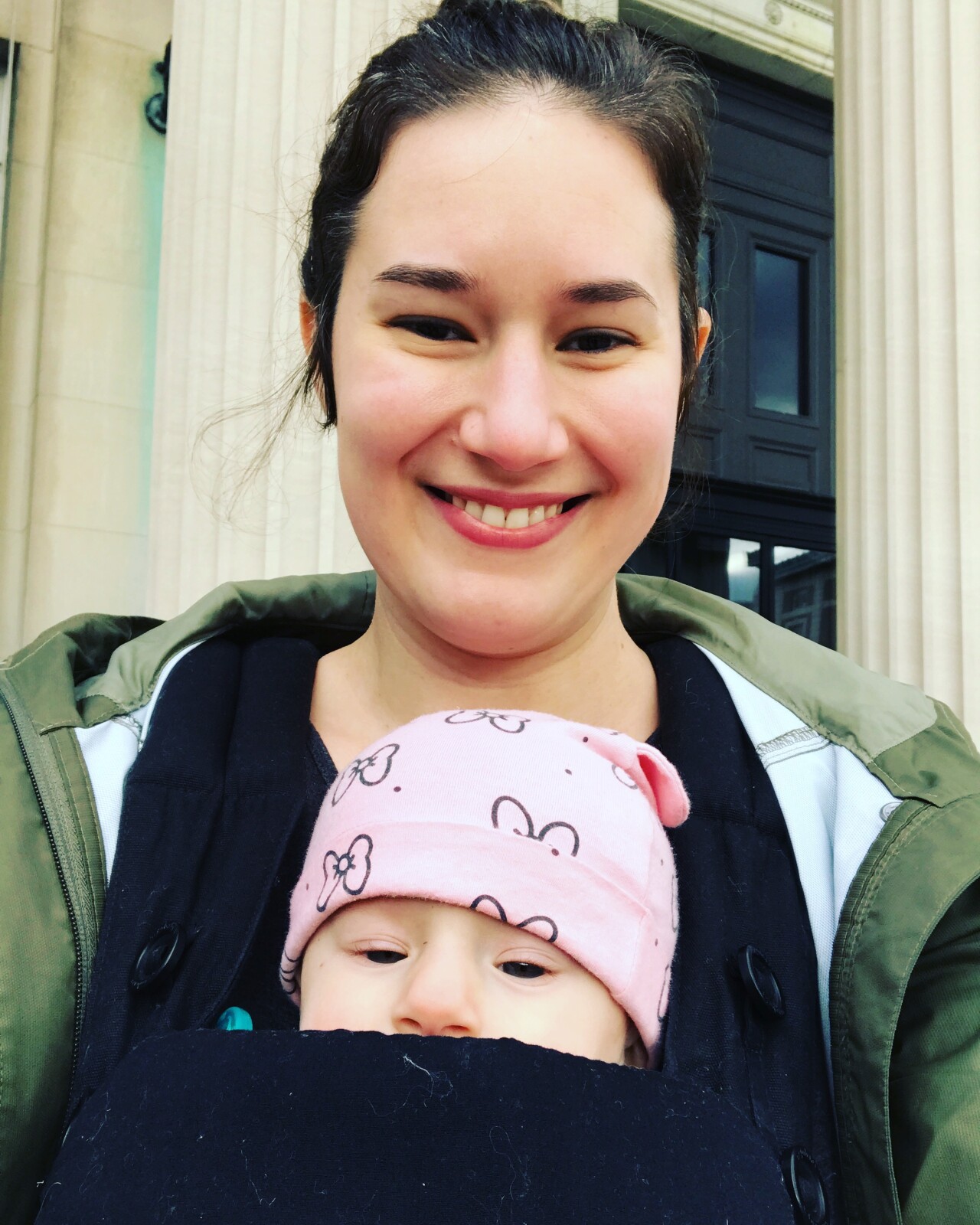
I thought I'd update this post I made when I was in the trenches of pumping for Estelle. This routine helped me successfully breastfeed Estelle until 13 months when she self weaned, and I'm going 9 months strong with Loretta. The post was originally inspired by this post on my Instagram where I mentioned that traveling with an infant made me feel like superwoman. Having an easy pumping system totally contributes to this!
My pumping routine, on the 3 days I work, looks like this:
* My Freemie pump lives in my car, I pump on my commute to the office. Having an adapter like this one to plug the pump into is key!
* Pump twice at work with the freemie cups and the Medela 'Pump In Style' which lives in my office. This cuts down on carrying things back and forth for me. I have Medela tubing, I just cut the attachment piece off of so that it fits in the freemie cups and also attaches to the pump. I think any aftermarket tubing, like this, would probably work. I scored mine for $50 on my local buy, sell, trade Facebook group, so I'd definitely recommend trying Marketplace to find one, or it's linked here. Or you can always try to get one through your insurance.
For traveling, I bring the Medela PIS because it looks like a purse and is easier to transport than the freemie pump. The freemie cups are GOLD IMO. You don’t have to go into a private room, or undress or anything to pump.
This is how I was able to pump in an NYC champagne bar without getting up to go to the bathroom. The other best place I pumped with this system was in the middle of conceal carry class. It was on my bucket list...
I don’t have to pump at home. I really haven’t since I went back to work. I pumped a lot during Estelle's first 3 months because we didn't fully breastfeed right away because of her NICU stay. I used a nipple shield and we did both bottle and breastfeeding. With Loretta, to build up my freezer supply, I used a haaka hand pump. That thing is the bees knees. You just attach it to the other side when you are nursing and it will collect the let down from the side. It's a little tedious to do every time you're nursing in those early days, I did it maybe 3-4x/day, but it's way better IMO than being tied to your pump for 20-30 minutes outside of the time you're already spending feeding the baby.
It was my goal to breastfeed Estelle for a year which we did. I’ve heard stories about people who can not pump at work and still nurse at nights and on weekends. But I’ve also heard stories when stopping dries up a supply. I think milksharing is amazing too, I know a lot of moms who are able to donate milk and they definitely wouldn't be able to do that without a great pumping system. This routine has worked really well for me and my babies :)

This is a question I get asked often, and I LOVE helping people get started treating these patient populations! There are so many people who suffer endlessly, or people who if treated early could ward off endless suffering! There are not enough pelvic floor trained PTs out there! I think if you have the slightest interest, you should pursue it. The work is incredibly rewarding and can definitely help you stand out from the crowd of therapists.
The most common continuing education courses come from two institutions, and then there are a handful behind those that offer courses on very specific topics within pelvic health. I’ve linked all the websites here in one convenient place.
The two main ones are: APTA Pelvic Health and Herman and Wallace.
The others are Alcove, Pelvic Guru, Institute for Birth Healing, Entropy PT & Wellness and likely several others.
Most of the above also have online resources or webinars but some other places that offer specifically online coursework are Medbridge and Evidence in Motion (EIM).
There’s also the possibility of applying for a residency program. You can check out the description of a women's health residency here and another blog post about deciding if it right for you here. I did not do a residency. I was fortunate to have my final clinical rotation before graduation from my DPT program to be with a pelvic health specialist. I took Pelvic Level 1 through Herman and Wallace before this internship started as preparation. It was an incredible 12 weeks, and I was able to start treating these patients from the get go after graduation in my own clinical practice.
In my clinic now, I see 100% pelvic health patients. What people don’t realize is that a lot of first level pelvic floor work is really orthopedics, but with the knowledge of how to assess the pelvic floor. This assessment can occur internally or externally. Again, just to dip your toe in the water, there’s so much, and so many people you could help in your practice without diving deep into pelvic floor knowledge. But once you get your toes wet, I think you’ll want to learn more!
I hope this was helpful! If you need some more guidance, I’d be happy to chat with you specifically about your goals and what vision you have for your practice. Hit contact me below and tell me why you want to make a change in your practice and knowledge!
Wouldn't it be great to make money while you're not at work? I love helping PTs add an income stream to their already existing practices. Hit contact me now and let's chat about it!
Ok friends! Have the best week ever!


